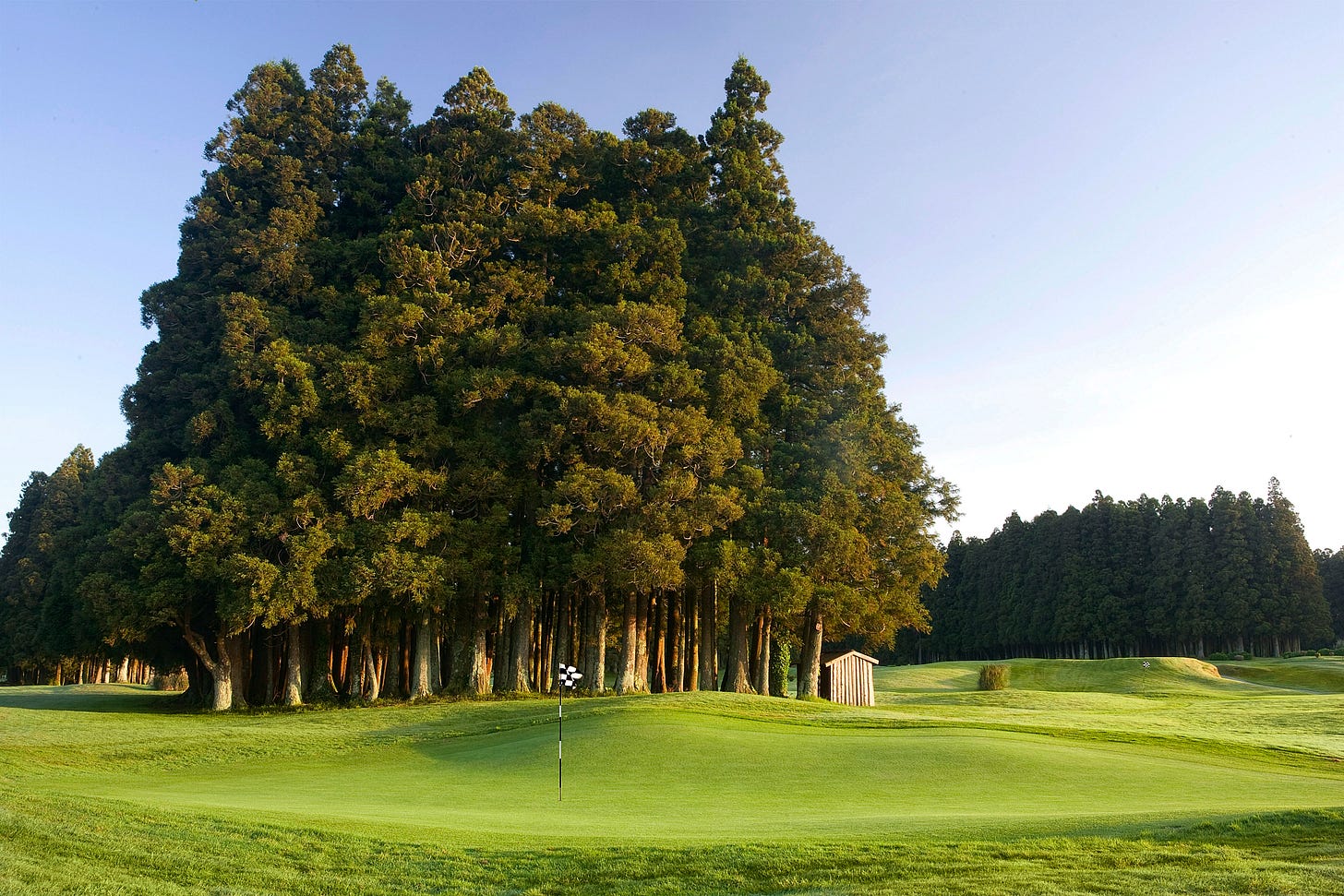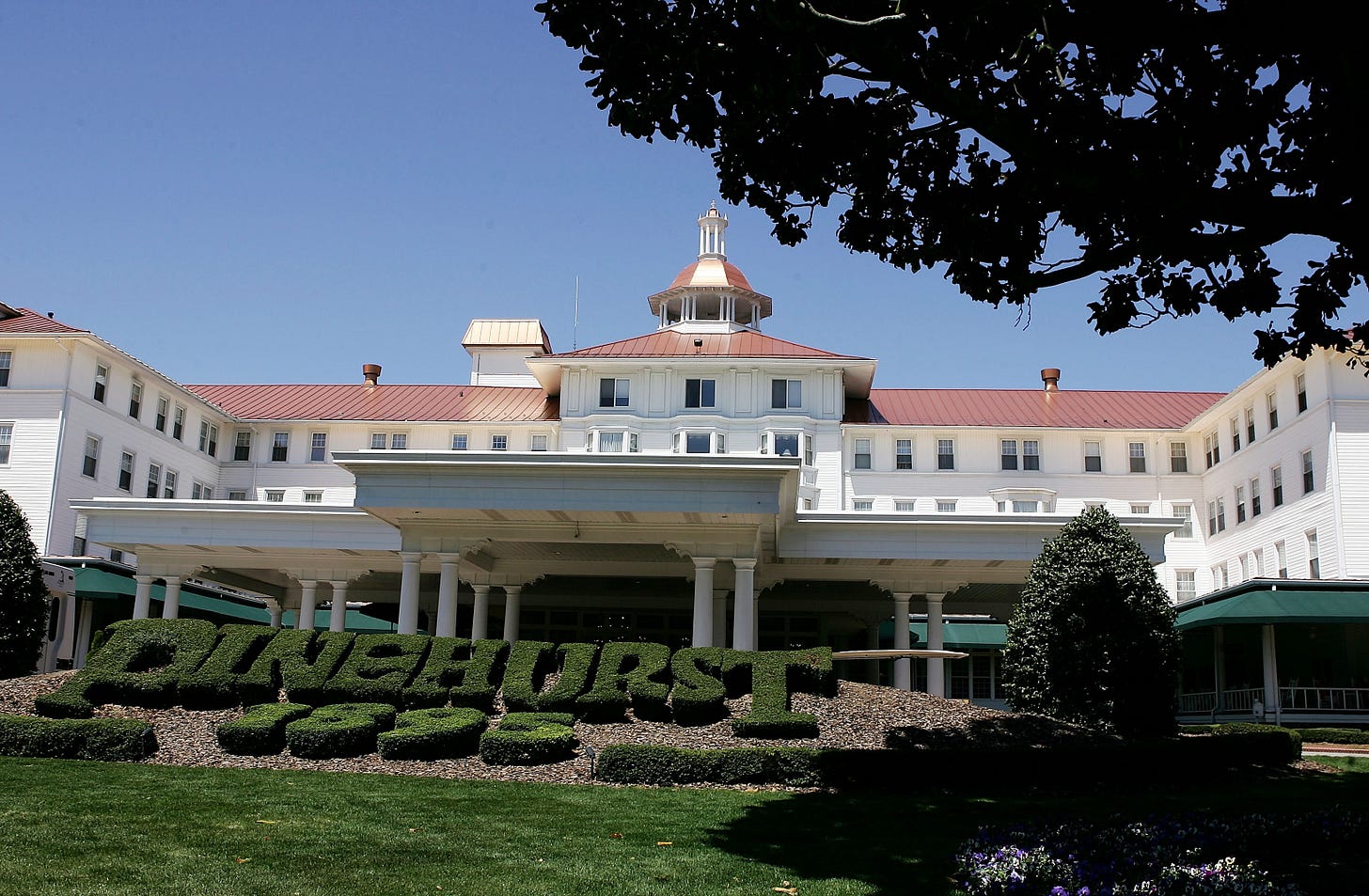Peter Rhodes and I sat in the car by the side of the road on the way to Tangiers and looked at each other.
I think it was the incident when we’d arrived in Morocco that had made us nervous. We’d been driving out of Marrakech Airport, which is far enough outside the city centre for us to need instructions on how to get to the hotel, when we came to a roundabout with three possible exits.
We were trying to remember what the hire car people had said to us. Was it straight on, left or right?
“Well, which one is it?” said Peter as he approached the junction.
Since Peter was driving, I’m not sure I’d really been listening, so was unable to answer with any conviction. In a rather obvious show of dithering, our car started the first of three or four complete circles as we eyed up each available exit with suspicion.
But that was nothing. Our indecisive driving had put the local unemployed opportunists on full alert. They suddenly appeared on mopeds from behind the only foliage that was close to the roundabout and started to follow us pointing at our tyres and shouting what we presumed was French for ‘flat’ or ‘puncture'.
There were so many of them, all furiously pedalling to get their engines going, that it soon became unclear as to who was chasing who. Peter, therefore, did the only thing that seemed sensible and set a course to return to the airport. We then listened very carefully to the directions and made it safely to the hotel.
It was about four days later and four courses later that we found ourselves on the long desert road to Tangier on Morocco’s northern coast, having paid visits to Casablanca and Rabat. It was at a time, in the early days of my magazine career, that we’d be sent out to do a travel piece with a writer (that was me) and an advertising executive (that was Peter).
We’d decided to share the driving and were sitting in the car at a point where we’d agreed to swap places behind the wheel. Peter, in pulling up, had been careful not to stop anywhere near another human being. There had been warnings about not stopping if there was an attractive lady at the side of the road selling water melons. It didn’t have to be water melons, it could be anything appealing, but that wasn’t the point. The point was that gangs would sometimes jump out from behind things and rob you on the spot.
“Where do you think the bandits live?” he asked me uncertainly as he squinted out of the window. We were, to put it bluntly, in the middle of nowhere.
“Probably in those mountains over there,” I replied, nodding at the distant horizon.
“Are you going to get out or am I.”
“I’ll toss you for it,” said Peter rummaging in his pocket for a coin. I called ‘heads’ and he lost.
“Ok. Make sure you’re out of that seat and in this one by the time I’ve made it to your door,” he said with remarkable gravity.
“Peter, I don’t think the bandits could possibly make it to the car from those mountains, they’re miles away. Besides you’d see the plumes of dust from the hooves.”
And with that, Peter jumped out of the car and ran round the bonnet as if being chased by a bear.
Travel articles for the magazine were something of a jolly. There’s no getting away from the fact that to be sent away for a week to play golf every day, eat in the best restaurants and stay in the most luxurious hotels is enviable work if you can get it.
I’ve alluded in previous Substacks to ghosts in Barbados, superstar singers in the Bahamas and looking out of my bedroom at the Marine Hotel at Troon to see the 1973 Open winner Tom Weiskopf reimagining his moment of glory standing in the middle of the 18th fairway with his arms crossed. But there were many other moments worthy of mention.
The taxi driver in Melbourne who explained in great detail how a huntsman spider, the size of his hand, fell into his lap when he pulled the visor down in the car. For someone with a mild arachnid phobia that’s not the sort of thing you want to hear when you arrive in Australia for the first time. I was already wary of funnel webs and redbacks, not to mention something called a wombat that, apparently, liked to run between your legs.
Closing my eyes, I can return to all these places. Thailand, Estonia, Biarritz, Sicily, Trieste, Jamaica… even the Blue Ridge Mountains of Virginia where I took a friend from Devon. And, yes, we did bellow out the classic Laurel and Hardy song from the open windows of a hire car that had huge bumpers and the rolling gait of a blancmange.
It’s odd the things that you remember. For instance, in Egypt you’d think that playing golf in the shadow of the pyramids would have been unforgettable, as indeed it was, but the moment I’ll never forget was the journey over the mountains from Luxor to the Red Sea coast.
We’re back to those pesky bandits again and the police were concerned for our safety on the road in a tourist coach. So we had to travel at night, without any lights or headlights of any sort, and a police escort front and back. I recall looking out the window and imagining a bullet hole suddenly shattering the glass.
I could now mention peat baths in Bavaria or the weird woods in the Azores where the trees were so close together that you couldn’t take your bag or trolley in for fear of getting stuck. But if I did this edition would go on far too long.
One of the best things about travelling to play golf, and discover the myriad of hidden gems that exist around the globe, is the people that you meet on the way. Especially those who have their own story to tell.
Bobby Hill was one such person and I met him early in the morning at the caddies’ quarters beneath the clubhouse at Pinehurst in North Carolina.
A word about Pinehurst. It says on its website ‘The cradle of American golf’ which is rather a nice peg for a resort founded in 1895 and which now has an extraordinary 10 courses scattered across its grounds. The Americans always do things that little bit bigger.
I mention Pinehurst because it is where this year’s US Open is being staged, so I thought it was nicely relevant. Admittedly, the cradle of golf might not be ‘the Home of Golf’, but they are references cut from the same cloth. And the relationship became a whole lot more intimate when a chap from the St Andrews Links Trust tipped a load of sand from the famous Road Hole bunker on the Old Course into a bunker beside the 18th green on Pinehurst’s No.2. Perhaps that’s something you can think about if you’re watching the US Open played there this summer?
But back to Hill. This is a man who has walked beside so many legends that he had become one himself. They’ve all been here. Bobby Jones, Ben Hogan, Jack Nicklaus, Tiger Woods. They’ve all walked the long, arrow-straight corridor that links front to back, rested in the rocking chairs on the veranda and peered past the pillars to get a view of the golf courses.
It feels like Pinehurst has collected something from everyone – a little piece of appreciation for the game – and now uses it to inspire those lost folk who have yet to discover the delights of taking to the land with club and ball.
Our own Harry Vardon was one of the first visitors, playing there when only one course existed on the estate. He noticed how it brought together people from the north with those from the south and said that, in golf at least, America is one nation. Not a bad way to start.
Bobby was 62 when our paths crossed and had been at Pinehurst for some 50 years. He was dressed for business, a white boiler suit with the number 54 on it.
“Not number one, then,” I said to him.
“When I first started here there were 501 caddies and I was number 499. Now we have 80 and I’m number 54, but it doesn’t mean anything, all the guys do a great job. As a boy, I’d get the call at school and rush to catch the train to Aberdeen. [That’s Aberdeen, Sandhills, North Carolina.] Then it was a case of walking the 10 miles to get here.”
Hill liked to speak in a slow syrupy southern drawl and, with my hands cased around a cup of steaming caddieshack tea, I was happy to listen.
“Mr Ross, now he used to like his tea. You never had to ask him what drink he wanted. My grandfather used to work for him and get five cents an hour, can you believe that? I used to sweep his yard. The house is still there beside the 3rd green on No.2, but it doesn’t look the same as it did.”
Donald Ross, course architect and golf professional, arrived in Pinehurst in 1900 and stayed for 48 years. His masterpiece, the No.2 course, was completed in 1907 and although he went on to redesigned No.1, build No.3 and create an early version of No.4, it is the No.2 course that holds US Opens and brings visitors in their thousands.
It was the course that brought Ben Hogan his first victory as a pro in 1935. He led after three rounds and Gene Sarazen, after watching Hogan suffer eight tough years on tour, suggested that if he was going to win, he would have done so already. He was wrong because Pinehurst started the Hogan ball rolling.
“I remember Hogan,” said Hill, “every time he played the 11th hole he birdied it. Every time. You know what Hogan’s alley is?”
I thought about mentioning Carnoustie where the 6th hole is named exactly that, but I didn’t want to interrupt Bobby mid stream.
“That strip of mown grass between the tee and the fairway, that’s Hogan’s alley. He would complain that walking through the rough got his pants wet, so they cut a path for him. Other courses have copied, so whenever you see that, you can think of Hogan.
“When I was eight years old, I ran up here to see Bobby Jones play. He had these old blades with wooden shafts, I don’t think anyone could hit them now.”
“Was he the best player you ever saw?” I asked.
“No. Arnold Palmer would make you stand on the range when he was shagging balls and he’d hit them right to where you were. He was perfect.”
“What about Jack Nicklaus?”
“He was slow. He was so slow that nobody wanted to play with him.”
These were gold dust moments. The nearest I would ever get to golf’s legends. And it took a chance visit to Pinehurst to realise that. It’s the people you meet in life. That’s the bottom line here because everyone has something to give.
Talking about chance. The name Pinehurst was taken from a man who entered his name into a croquet competition. The resort’s founder James Tufts saw it and decided it fitted the bill perfectly. You see ‘Pinehurst. 1895’ just about everywhere – on the napkins dished out by the outdoor bar, on the bag towels and ball markers in the pro shop. Pinehurst since 1895, mouth-watering, intoxicating and also on a plastic cup in my kitchen cupboard.






